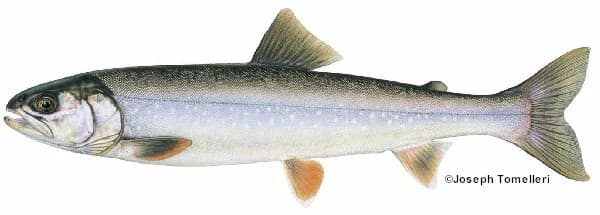The Arctic Char or Artic Charr is a slender member of the salmon and trout family. Usually dark on the back, lighter on the belly, and have light spots on the sides. Paired fins are orange to red with a bright white leading edge. The tail is moderately forked. What are Ideal Water Conditions for Arctic Char?
Arctic Char is the northernmost fish in the world, sometimes living in lakes and ponds with no other fish, and where the ice doesn’t break from the lake every year. Arctic charr across much of their range are found higher up in elevation and deeper water than any other fish; in one Norway lake a charr was recently found living at 1,475 feet
Introduction:
What are Ideal Water Conditions for Arctic Char
FAQ’s
- How big does Arctic char get? They typically range from 1 to 10 pounds, but some individuals can exceed 20 pounds in weight.
- Are the Arctic Chars good for fishing? Yes, Arctic char are popular game fish known for their fighting ability and tasty flesh.
- What are the best fishing techniques for Arctic char? Fly fishing with dry flies, nymphs, or streamers is popular, as well as using spinning gear with lures or bait.
- When is the best time to fish for Arctic char? Fishing for Arctic char is often productive in the spring and fall when they are actively feeding near the shoreline.
- Do Arctic char spawn in rivers or lakes? They spawn in both rivers and lakes, typically in shallow, gravel-bottomed areas.



